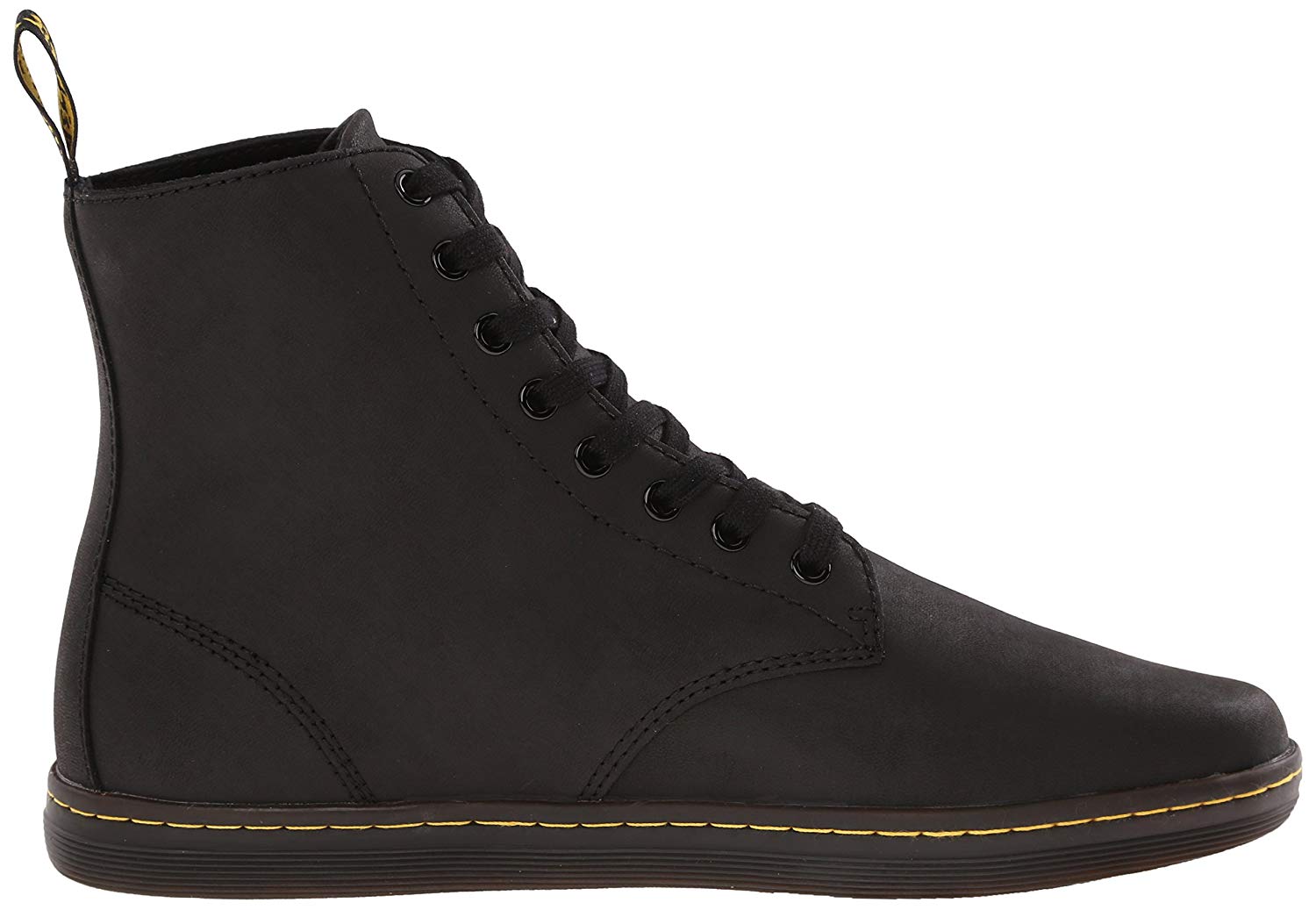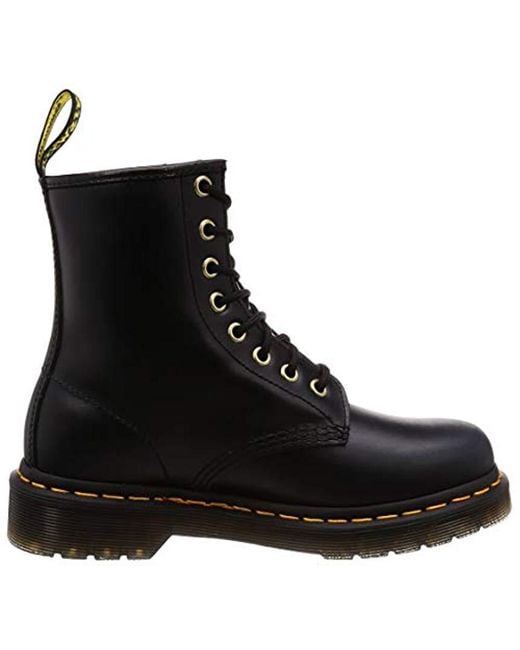

“Durable and famously stiff to start with, it moulds to your feet and gets more comfortable with wear. There’s no real surprise there, everyone knows what Doc Martens look like before they buy them and this is an aesthetic that speaks to a lot of people but in my opinion, this leather looks as cheap as it is. This leather is so smooth that in my opinion, it looks quite plasticky.
Doc martens mens boots full#
If you’re a leather purist there’s a chance you object to the idea of “corrected full grain leather” as a contradiction in terms, but I’m going to just say this is corrected grain to be safe. Martens’ representative described it to me as full grain. This is actually corrected leather - it’s been smoothed down - but since it’s made from the top layer of the animal’s hide and it’s not suede or roughout, Dr. Now, the company describes this as “full grain leather” even though it’s very, very smooth and doesn’t have a trace of grain on the skin. When I spoke with their helpline they told me that this leather comes from “either South America or Asia” which is a pretty broad net to cast but that’s the only information they gave me. Märtens has made über casual boots that are utterly impossible to dress up, but they pass in a lot of outfits and environments that wouldn’t otherwise be boot-friendly. Both of which make for a boot that doesn’t look particularly elegant, but I think that’s the point - these boots are meant to look hip. Otherwise, the most characteristic things about the 1460 are the famous yellow stitching around the welt and the famously squishy rubber sole. It’s a tall boot, well over 7 inches (so you need to make sure you have pretty long socks), and the shoe itself ins’t particularly streamlined or contoured, the toe is rather snubby. It’s mostly single stitched so it’s not screaming durability with triple and quadruple stitches all over the place like a pair of White’s.

This is a pretty uncomplicated boot: while Doc Martens calls this “full grain” leather it’s super corrected and smooth, making for a shiny, plasticky, relatively thin leather.


Somehow their target market went from being that uncool to being incredibly cool and as the 20th century progressed, Dr. For the first decade, 80 percent of their sales were made to housewives over the age of 40. Martens boots were framed as a solution to nagging injuries, orthopedic foot problems, age-related foot pain, things like that. Eventually he went into business making the soles, for a while with discarded rubber from Luftwaffe airfields - that’s the Nazi air force - and at the outset the Dr. He injured his ankle while skiing and found that the Nazis’ standard-issue army boots were uncomfortable on his injured foot, so he designed a new boot made with air-padded soles made from tires. You know, the army that was being run by the Nazi party at the time. Klaus Märtens who was a doctor in the German Army in 1945. Here’s a weird fact I hadn’t heard before I started researching these boots: the first Dr.


 0 kommentar(er)
0 kommentar(er)
